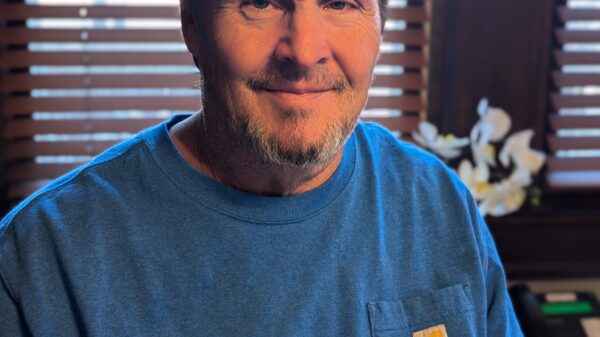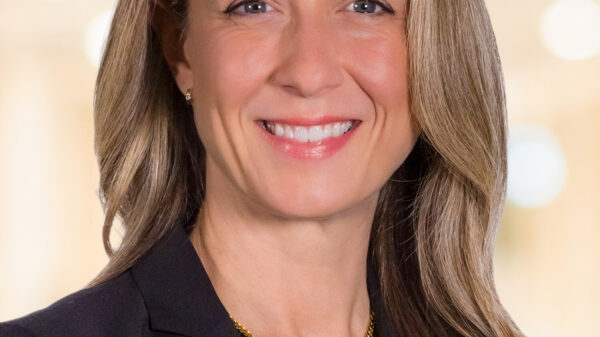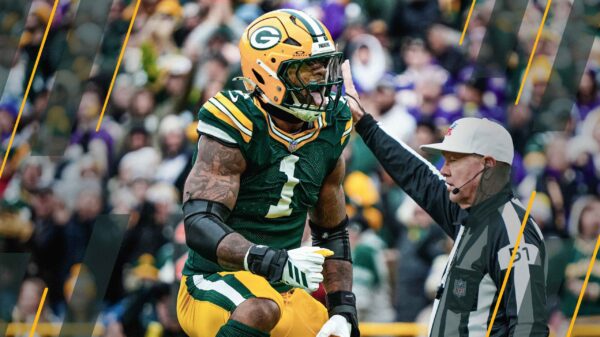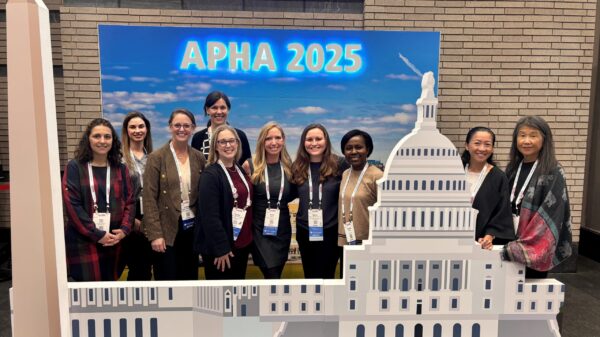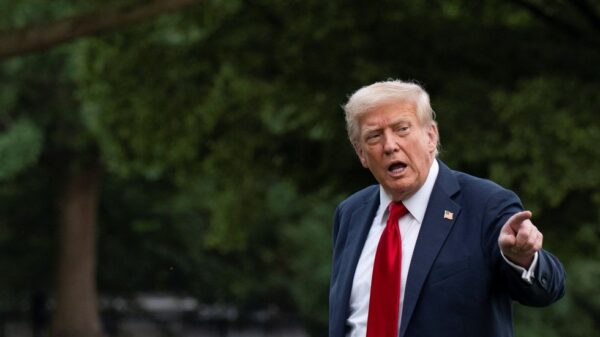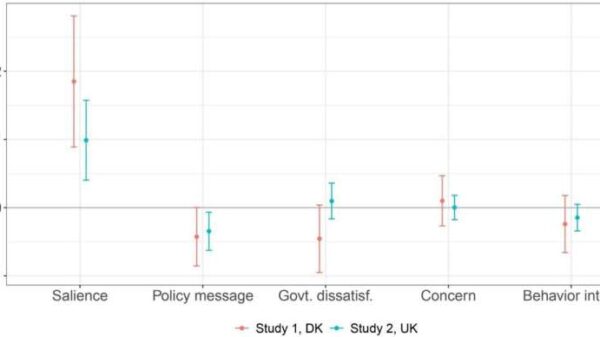In the world of photography, traditional wisdom often dictates how images should be captured and processed. Emily Lowrey, a notable figure in the field, challenges several long-held beliefs that might require a fresh perspective. Her insights prompt photographers to reconsider common assumptions about their craft, particularly regarding the use of camera settings and the role of editing in image creation.
Debunking Common Photography Myths
One prevalent notion among photographers is that “real photographers always shoot in manual.” While shooting in manual mode offers precise control over exposure settings, Lowrey argues that it is not always the best choice for every situation. Many photographers, including those working in fast-paced environments like photojournalism, often rely on semi-automatic modes. For instance, using aperture priority can allow a photographer to prioritize depth of field and background control, which is critical when capturing fleeting moments.
Lowrey emphasizes that the focus should be on capturing the moment rather than becoming bogged down in technical settings. As Wasim Ahmad, an assistant teaching professor at Quinnipiac University, notes, “In photojournalism, getting the moment is paramount.” This perspective resonates with many who find themselves in dynamic environments where quick adjustments are essential.
Another contentious topic in photography is the role of editing. The belief that photographers should not manipulate their images is increasingly outdated. Lowrey firmly aligns herself with the view that editing is a natural and necessary part of the photography process. “Cameras provide the starting point, not the ending point,” she explains. Many renowned photographers have extensively edited their work, sometimes transforming images to convey a specific vision or narrative.
Yet, Lowrey draws a line when it comes to the use of artificial intelligence in editing. She warns against using AI to create or add elements to images, arguing that such practices alter the fundamental nature of photography. This sentiment reflects a growing concern within the photography community about the implications of AI technology on artistic integrity.
Engaging with New Perspectives
Lowrey’s discussion goes beyond these two hot topics, addressing additional myths that may limit a photographer’s creative expression. By inviting photographers to think critically about their practices, she encourages a more open-minded approach to the art form. This perspective is particularly relevant in a rapidly evolving digital landscape, where the boundaries of photography continue to expand.
Ahmad, who has worked as a technical specialist at Canon USA, underscores the importance of evolving with the medium. “Understanding both the technical and artistic aspects of photography allows for greater creativity,” he asserts.
For those interested in exploring these ideas further, a video featuring Lowrey’s insights is available, offering a deeper dive into the myths she challenges and encouraging viewers to share their own experiences and thoughts in the comments.
As photographers navigate the complexities of their craft, embracing new ideas and questioning established norms can lead to richer, more authentic work. Lowrey’s thoughts serve as a valuable resource for both aspiring and seasoned photographers alike, reminding them that the essence of photography lies not just in technique but in the stories that images tell.












